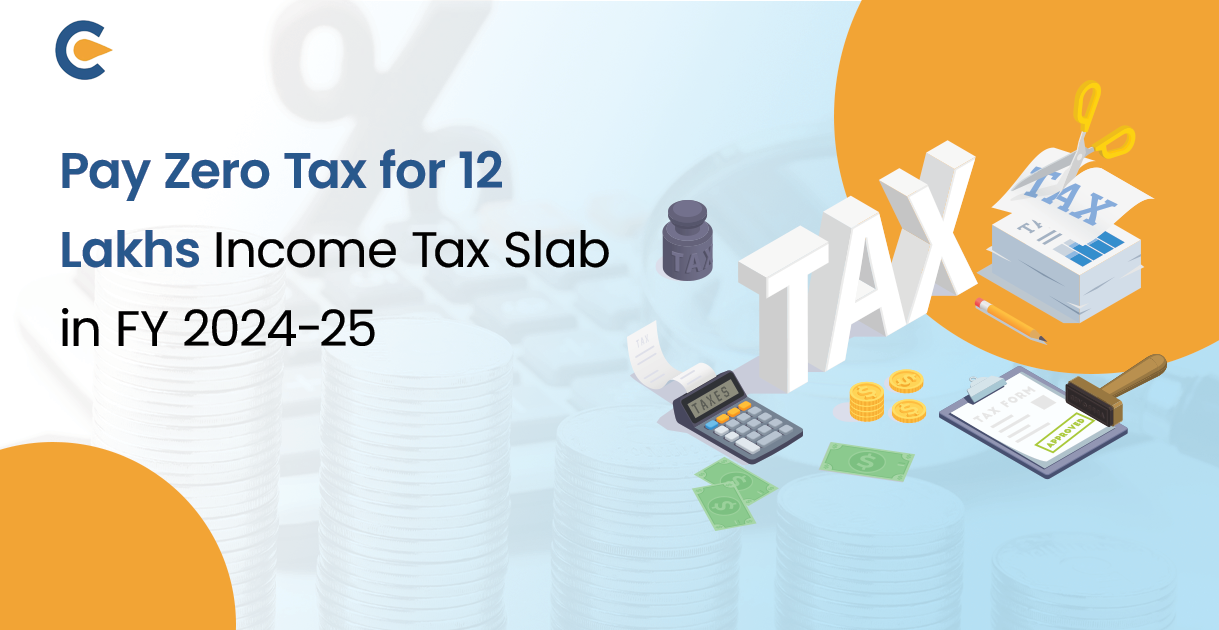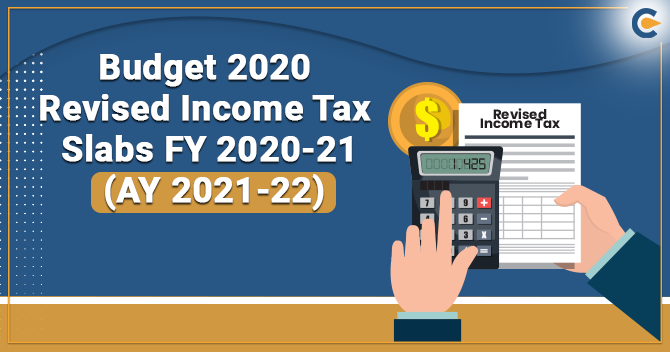Everybody desires to increase their savings and build a solid financial foundation that can support them in the event that they don’t have a steady source of revenue. Savings are, quite legitimately, essential to any fiscal plan’s accomplishment. Paying tax on your whole income that is taxable, however, may lower the amount you save and leave you with less cash for planning for the future. Under the Income Tax Act of 1961, you have access to a variety of tax-saving options that allow you to make investments to increase your financial assets and lower the amount you owe in taxes.
In this blog, we will discuss the various strategies that salaried taxpayers can use to pay zero tax on their 12 lakhs income tax slab in the financial year 2024-2025.
A Brief Take on Income Tax Slab
Taxpayers who file individually are required to pay income tax according to the slab system that applies to them. A person’s income can determine which tax bracket they are in. Individuals with greater earnings will, therefore, be required to pay higher tax rates. To maintain the equity of the nation’s tax structure, the slab structure was put in place. India’s income tax structure is based on tax slabs. The income of residents is categorized into slabs or categories, and corresponding tax rates are applied. The individuals who make more money are taxed at higher revenue tax slabs according to their increasing income under this progressive tax scheme.
The Indian government hopes to develop a just taxing system for all residents by implementing income tax slabs. To achieve this goal, the government frequently updates the tax slabs and makes changes within the Union Budget.
Pay Zero Tax for 12 Lakhs Income Tax Slab in FY 2024-25
Various strategies and tips can be used to save taxes on the 12 lakhs income tax slab.
1- Deductions
The income tax rules and regulations provide various tax deductions to individuals under Section 80C, Section 80D, Section 80TTA, and Section 80G.
- Section 80TTA: When interest is earned on the savings bank account, the deduction is available for up to Rs. 10,000.
- Section 80D: The premiums paid for the spouse, own self, and dependent children’s medical insurance allow a Rs. 25,000 deduction.
- Section 80C: Deductions can be claimed under schemes like EPF, ELSS, PPF, and NPS, which can also be claimed up to Rs. 1,50,000 lakhs.
- Section 80G: When any type of donation is made to the charitable organizations that are approved, a deduction can be claimed.
Various schemes like Employee Provident Fund, Equity-Linked Savings Scheme (ELSS), and National Pension Scheme (NPS) are used to claim deductions. The EPF helps the employee in saving for their retirement time. The rate of interest is currently 8.5%. The interest that is earned is free of taxes. The other scheme for retirement saving is the National Pension Scheme.
The taxpayers can also claim an extra Rs. 50,000 under the Section 80CCD(IB). The PPF is a scheme with a great approach to saving money for long-term objectives and is open to all nationals of the country. Under Section 80C of the Income Tax Act, contributions paid to public provident funds are deductible, and any interest received is free of tax. 7.1% is the interest rate as of right now.
2- National Pension Scheme – NPS
You can choose to invest and take money out of the Tier II account whenever it’s convenient for you. The profits made are free of taxation even if the Tier II account payments are not deductible under Section 80C. There is no lock-in time; you can remove funds from the Tier II account whenever you like.
3- HRA and LTA
You can also utilize the house rent allowance to pay zero taxes for a 12 lakhs income tax slab. Many companies provide the HRA to their salaried employees. The HRA is given to employees who live in a rented house. In order to claim the deductions, the rent of the house should exceed 10 percent of the basic salary. This bare salary exemption percentage depends on the type of city, whether it is a metro or a non-metro city. The non-metro city has up to 40% of claims, while the metro city has 50 percent claims. Hence, the house rent allowance can also be used to claim deductions for the 12 lakhs income tax slab.
For salaried workers to travel inside India, there is a benefit known as the Leave Travel Allowance (LTA). Two relief claims on LTA can be made in the course of four years. You could possibly be eligible for a refund of the fare you paid for internal travel inside India. To qualify for the exemption, you will need to present documentation of your trip, such as boarding permits and travel tickets. Both HRA and LTA play key roles in aiding the schemes for saving taxes under the 12 lakhs income tax slab for salaried employees.
To Wrap Up
In conclusion, salaried employees in India can pay zero taxes for the 12 lakhs income tax slab. There are various strategies that are legally used to claim exemptions and deductions by salaried employees under the Income Tax Act and its related rules. Under the 12 lakhs income tax slab, the employees can use these schemes to save taxes.
You can contact our tax experts at Corpbiz for more details on how to save taxes on the 12 lakhs income tax slab.
Frequently Asked Questions
How to pay 0 tax on 12 lakhs salary?
Taxes can be saved by claiming various types of deductions and tax exemptions, such as deductions under Section 80C, exemption under HRA, interest on housing loans, and other standard deductions, which can help the individual pay 0 taxes on a 12 lakhs salary.
Is there any new tax regime slab for 2024-25?
The income tax slab rates will not change at the beginning of April 2024 for the financial year 2024-2025. The pros and cons of the new and old tax regimes will be compared to reduce the income tax burden.
What is the FY 2024-25 80C limit?
The most commonly employed income tax deduction for reducing taxes is found in Section 80C of the legislation known as the Income Tax Act. The current FY 2023-24 (AY 2024-25) 80C deduction cap is Rs. 1,50,000. Nevertheless, if one wants to make use of the deduction under section 80C, an income tax return filing is required.
How to save taxes on the salary up to ten lakhs?
During the previous administration, you might have invested in tax-saving equipment and claimed deductions from taxes to reach tax-free earnings of up to 10 lakhs.
Do different categories have different and separate income tax slab rates?
The taxes are to be paid on the basis of 2 important criteria: income and age. Every financial year, the income tax slab rates are divided into different categories. The old regime has higher tax rates, and the three slabs and deductions for senior citizens are there. The new revised regime has lower tax rates.
Is filing income tax returns compulsory in India?
All people under the age of sixty years in India have to mandatorily file tax returns as per the income tax rules and regulations. The individual has to file an income tax return if the taxable income is more than Rs. 3 lakhs.
Read our article Section 40A(2) Of Income Tax Act – A Complete Analysis











